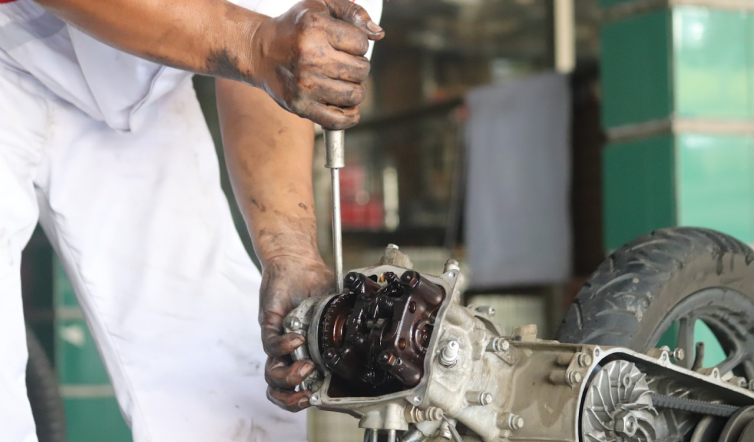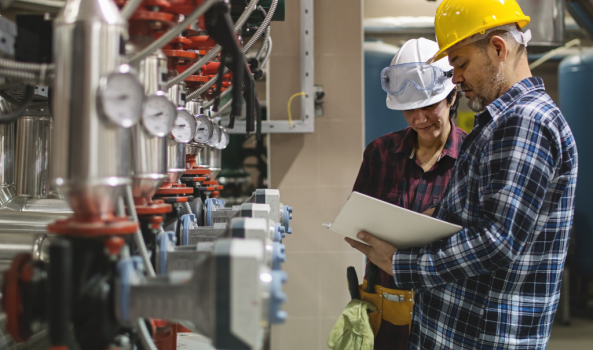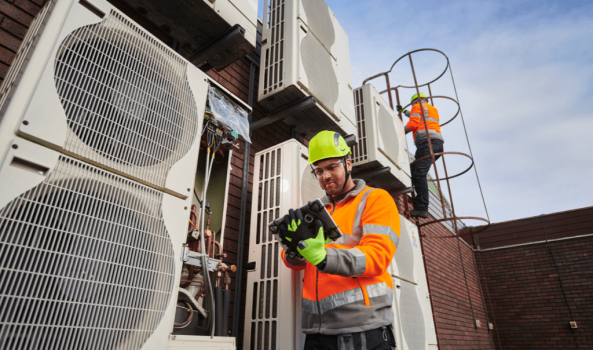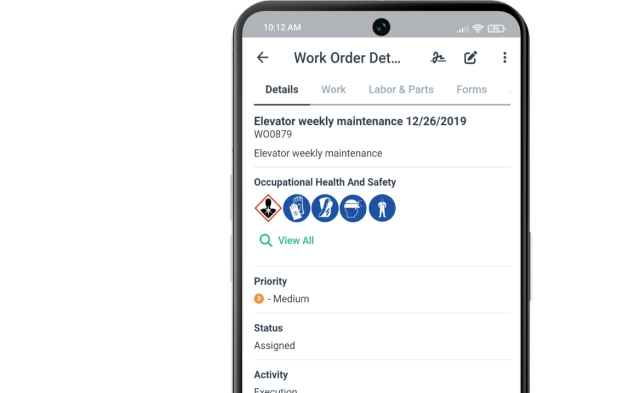Get a Free WorkTrek Demo
Let's show you how WorkTrek can help you optimize your maintenance operation.
Try for freeCorrective maintenance is the practice of repairing equipment or systems when they malfunction or exhibit signs of potential problems.
This approach helps restore things to their proper working condition and is an important part of keeping any business running smoothly. Many facilities and teams rely on corrective maintenance to handle unexpected issues and minimize downtime as much as possible.

Understanding how to perform corrective maintenance can save time, reduce costs, and help prevent problems from escalating.
Knowing the right steps and using the right tools makes the process easier and more effective. For more details about how corrective maintenance works, visit this guide to corrective maintenance.
Key Takeaways
- Corrective maintenance addresses equipment issues after a problem is identified.
- Clear steps and the right tools help fix issues quickly.
- Combining this with other maintenance can improve results.
What Is Corrective Maintenance?
Corrective maintenance tasks are repairing equipment when it stops working. The goal is to quickly identify the problem and restore the equipment to working condition.
Definition and Purpose
Corrective maintenance is performed only after a component breaks or a defect is discovered.
The goal is to restore assets to normal working condition quickly and minimize downtime.
Some examples include fixing a leaking pipe, repairing a broken conveyor belt, or replacing a failed electrical component.
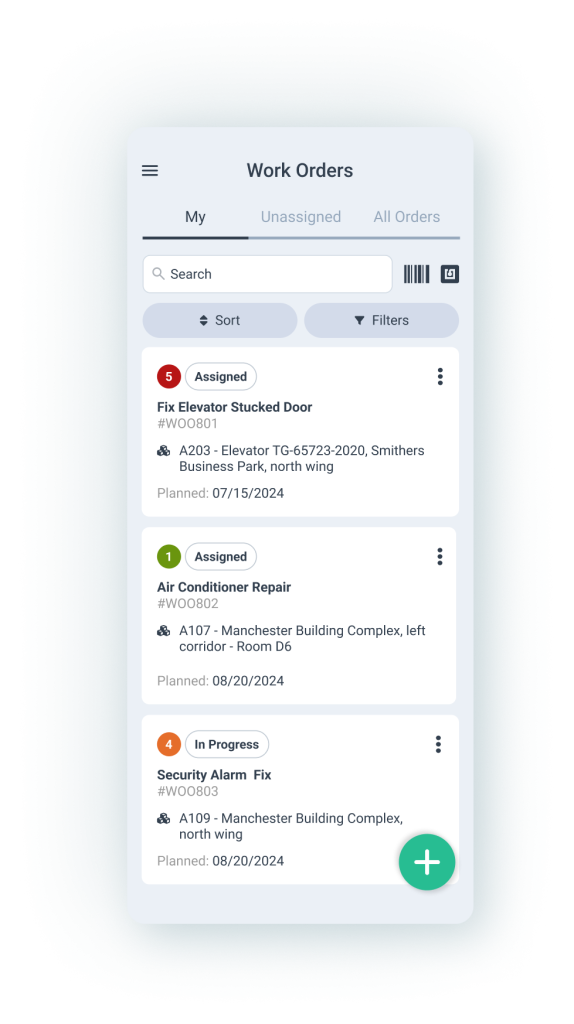
Since corrective maintenance typically responds to problems as they occur, it is sometimes referred to as “breakdown maintenance.”
Maintenance managers and technicians utilize corrective maintenance to ensure their operations run smoothly, minimize disruptions, and reduce associated costs.
It is a key part of any maintenance strategy for businesses that rely on machines or technical systems.
Types of Corrective Maintenance
Corrective maintenance comes in two main types: planned and unplanned.
Planned corrective maintenance is scheduled ahead of time after a problem is found, but before it causes a full breakdown. For example, if a small defect is discovered during an inspection, a repair can be planned for later.
Unplanned corrective maintenance, which is often referred to as breakdown maintenance, occurs when a failure suddenly happens and must be addressed immediately. A good example is when a machine stops working unexpectedly and needs immediate attention.
Here is a simple comparison:

Corrective vs. Preventive Maintenance
Corrective maintenance is different from preventive maintenance.
Corrective maintenance activities are reactive. It can also be referred to as emergency maintenance, as it addresses problems after they occur.
Most of the work begins only after a failure or defect is identified.
Preventive maintenance is proactive. It involves regular checks, servicing, and replacements to prevent issues before they occur.
The goal is to prevent unexpected breakdowns and reduce repair costs over time.
People often use a hybrid approach. Corrective maintenance addresses issues after failures, while preventive maintenance helps maintain assets in good condition and minimizes future breakdowns.
Benefits of Implementing Corrective Maintenance
Corrective maintenance helps businesses control expenses and improve safety by focusing maintenance efforts where and when they are needed most.
Increased Equipment Longevity
Corrective maintenance helps extend the equipment’s lifespan by addressing problems promptly as they arise.
When workers repair faults soon after they are detected, machines experience less stress and are less likely to incur further damage.
This helps keep machines in service for longer periods without requiring early replacement, and reduces maintenance costs compared to predictive maintenance strategies.
For example, during a routine inspection, maintenance personnel detect a machine with a failing motor. Using corrective maintenance, they would create a task on the spot to address the issue.
According to industry guidelines on corrective maintenance, this approach ensures essential assets remain operational by quickly restoring them to their optimal state.
Cost-Effectiveness in Operations
Unplanned corrective maintenance often has lower up-front planning and management costs than preventive maintenance.
There is less need to schedule work in advance or buy and store supplies that may not be needed.
Businesses typically only spend money on repairs when a problem is identified, resulting in realistic and controlled expenses.
With reactive maintenance, unnecessary work is avoided, resulting in time and resource savings.
This approach primarily benefits smaller businesses or organizations with tight budgets. It enables them to keep costs manageable and improve operational efficiency while still maintaining necessary equipment.
Enhanced Workplace Safety
Corrective maintenance practices help prevent minor issues from turning into serious safety hazards.
Addressing problems right away reduces the risk of accidents caused by faulty or damaged equipment. Workers can trust that their tools and machines are safe to use, thereby reducing the likelihood of injuries.
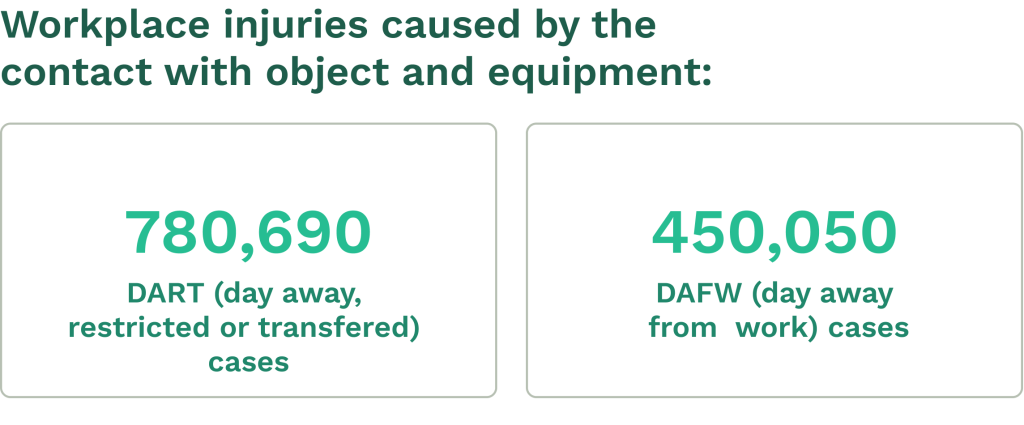
According to maintenance experts, making repairs as needed prevents potential dangers from escalating. For example, fixing a broken safety guard on a machine immediately helps prevent accidents and protects employees.
Responding quickly to equipment failures also ensures that safety standards and rules are followed. This keeps workplaces legally compliant and helps maintain a safe environment for everyone.
Corrective Maintenance Steps
Defining a clear corrective maintenance process helps fix problems quickly and prevent them from causing more damage.
Following these steps in order also helps teams save time, reduce costs, and improve equipment life.
Initial Fault Detection and Reporting
Detecting faults early is the first step to preventing more significant failures.
Maintenance technicians monitoring systems should always watch for unusual noises, slowdowns, or error signals from equipment.
Reporting issues as soon as they are noticed helps prevent small problems from escalating into large repairs and unplanned downtime.
A simple reporting system, such as a digital form integrated into the CMMS system, makes it easier for staff to log problems quickly. The form should include the date, asset ID, location, and description of what went wrong. This information helps maintenance teams start solving the problem faster.
Quick reporting and clear communication are key. When information travels fast, the team can respond before equipment fails.
Diagnosis and Root Cause Analysis
Accurate diagnosis helps fix the real issue, not just the symptoms.
Maintenance staff need to inspect the affected equipment, review error logs, and consult with operators who initially reported the issue. They may run basic tests, review operating conditions, or compare current readings to normal values.
Finding the actual cause sometimes requires looking at maintenance history or patterns in similar assets. If a part continues to fail, it may indicate a deeper issue, such as design flaws or inadequate maintenance.
Root cause analysis tools, like the “Five Whys” or fishbone diagrams, are helpful.
They guide workers in asking the right questions and uncovering hidden issues.
Repair Execution and Verification
Once the cause is known, trained maintenance workers use repair manuals or standard procedures to fix the issue. They gather needed tools and replacement parts before starting the repair job, which reduces delays and mistakes.
It is essential to follow safety rules and implement lockout-tagout procedures to ensure the safety of everyone involved during repairs.
After fixing the equipment, the staff test it under real conditions to confirm that repairs were successful. Function and safety checks should be logged, including the time and the technician’s details, for tracking purposes.
If the equipment works as expected, the repair is complete. Teams may use checklists or digital maintenance platforms to ensure that nothing is missed during this process.
Essential Tools and Resources
Corrective maintenance relies on utilizing the right technology and having the necessary parts readily available.
Digital platforms, such as the WorkTrek CMMS system, and a well-organized supply of spare parts are key factors for any repair team.
Maintenance Management Software
Maintenance management software helps teams keep track of equipment repairs and schedule important tasks.
These programs log repair histories, alert managers when issues are reported, and assign work to technicians. Using software makes it easier to spot patterns in equipment breakdowns.
Some platforms let users access information from tablets and phones. This means urgent problems get fixed quickly, even if the manager is not at their desk. Good software can also help share updates and instructions, so staff always know what to do next.
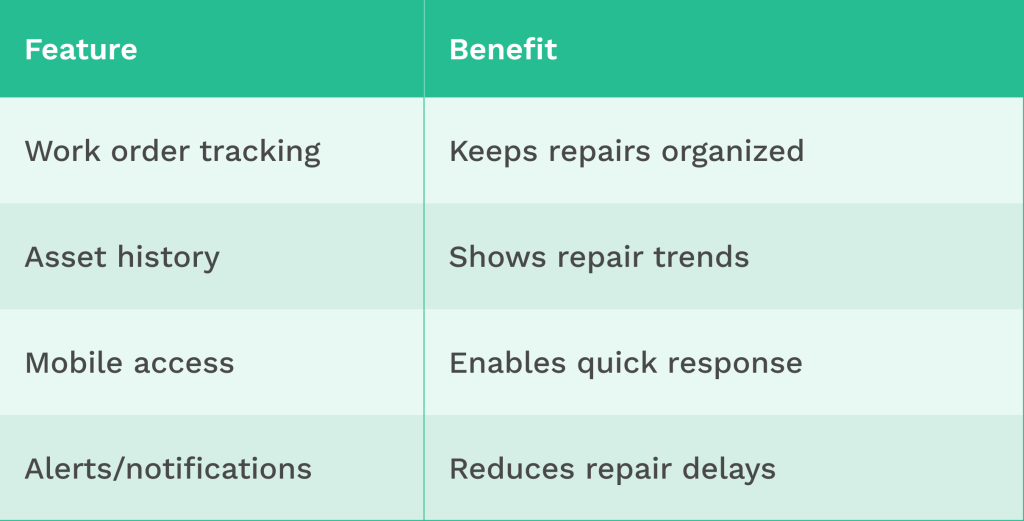
Spare Parts Inventory
Having spare parts ready is critical for fast repairs. Teams maintain a list or utilize tools to track in-stock items, thereby avoiding delays. Running out of essential parts can lead to more downtime and greater repair costs.
A spare parts inventory does not merely list the items on hand.
It also tracks the location of each part and when it was last ordered. Some maintenance systems directly connect with inventory lists and send alerts when items are running low.
To manage inventory, teams can:
- Create lists of the most-used spare parts
- Label storage locations clearly
- Use software for automatic stock updates and reorders
A simple, well-organized inventory makes urgent repairs smoother and helps avoid wasted time searching for parts.
Best Practices for Successful Implementation
Corrective maintenance is most effective when it is performed by a skilled workforce, with clear routines and regular monitoring. These strategies help reduce downtime and keep equipment working properly.
Proper Training for Maintenance Teams
A well-trained team can quickly find and fix problems. Training should cover the operation of different machines and how to identify early signs of failure.
Hands-on practice is vital so workers gain real experience.
It is helpful to offer refresher courses. These keep everyone up to date with new equipment and safety rules.
Working together is easier when everyone speaks the same technical language. Clear training helps reduce errors and makes communication smoother, leading to quicker repairs.
Standardizing Maintenance Procedures
Clear procedures enable teams to repair equipment quickly and safely. Written guidelines should clearly explain each step in the repair process, from diagnosis to completion of work. These can include checklists, flowcharts, or tables.
For example, a step-by-step checklist might look like this:
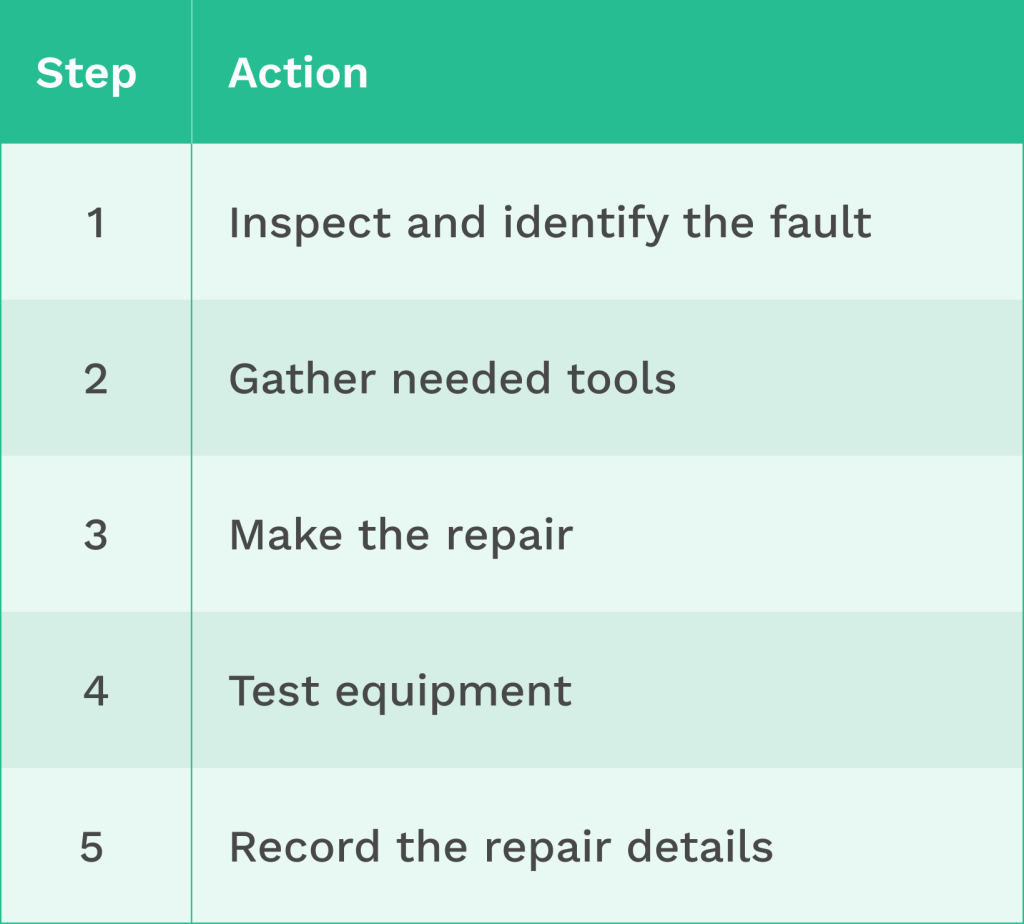
Standard operating procedures make training new staff easier and help ensure accurate records.
Continuous Performance Evaluation
Regular checks help teams identify areas for continuous improvement in the maintenance process.
Performance evaluation should be part of your maintenance operations and any planned corrective maintenance process. This process should include a review of how fast repairs are made, how often breakdowns happen, and if repairs last.
Teams should review their performance data on a monthly basis. This can be done by tracking key numbers such as mean time to repair (MTTR) or the number of unexpected failures.
Improving performance means learning from both mistakes and successes. By utilizing this data, repairs can be completed more quickly, and the asset management process is optimized.
Integrating Corrective Maintenance with Other Maintenance Strategies
Corrective maintenance is more effective when it works alongside other planned strategies. Each approach covers gaps that the others cannot, making equipment care more reliable and cost-effective.
Combining Preventive and Corrective Approaches
Preventive maintenance strategies involve performing regular tasks, like inspections or simple repairs, to prevent equipment from breaking down.
Corrective maintenance, by contrast, is used after a problem has already happened and something needs to be fixed or replaced.
Using a hybrid approach means that facilities can address sudden failures while also working to prevent them in the first place.
A mixed approach enables teams to prioritize essential equipment for preventive care, while less critical equipment may receive corrective action only when issues arise.
This balance helps manage costs, minimize disruptions, and improve equipment reliability.
Facilities often track equipment histories to identify which systems fail most frequently. Those systems may require more preventive care, while others can function well with basic corrective maintenance.
Key benefits:
- Fewer emergency repairs
- Less downtime for important machines
- More efficient use of resources
Predictive Maintenance Synergy
Predictive maintenance utilizes sensor data, condition monitoring, or software alerts to indicate when equipment is likely to fail soon.
This is part of the next generation of maintenance strategies, which also utilize AI and Machine Learning to predict machine failure.
This allows for a scheduled fix before a breakdown happens. When combined with corrective maintenance, the team can use data to decide whether to schedule a repair or wait until a failure occurs.
When predictive tools identify potential failures, corrective actions can be taken early, and unexpected outages can be avoided.
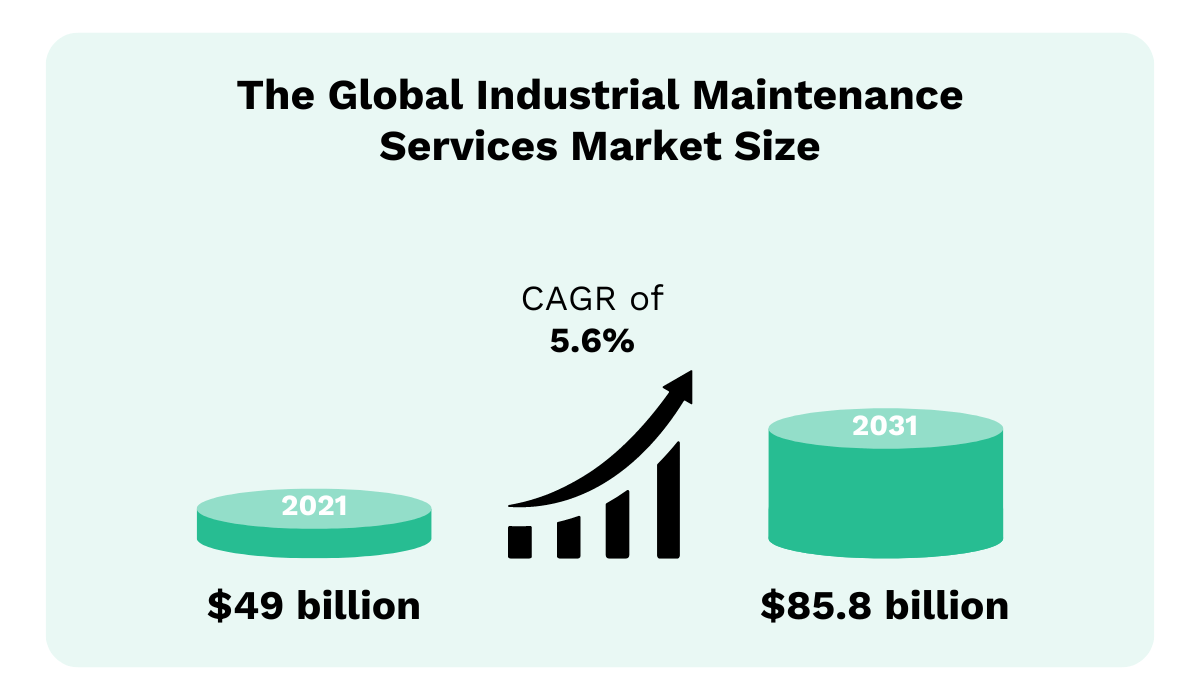
For instance, vibration sensors on motors alert staff to growing problems. If these warnings are missed, initiating corrective maintenance is needed after a breakdown; however, predictive alerts provide an opportunity to fix issues before severe damage occurs.
Key uses:
- Scheduling repairs at the best time
- Minimizing unscheduled machine stops
- Reducing unnecessary repairs
By linking corrective maintenance with predictive data, teams can save both time and money while keeping equipment running smoothly and efficiently.
Common Challenges and How to Overcome Them
Corrective maintenance teams frequently encounter issues that lead to prolonged equipment failures and reduced productivity.
Tackling these issues requires prompt action and good planning.
Minimizing Downtime
The goal should always be to minimize downtime for critical equipment by implementing a structured corrective maintenance process.
Downtime occurs when equipment is unavailable due to scheduled or unscheduled maintenance or repairs, which is a failure of corrective maintenance management.
This can delay work and lower production. To minimize downtime, it is important to have clear processes for quick troubleshooting and repairs.
Teams can use maintenance checklists to identify common faults and take prompt action. Keeping spare parts in stock is also helpful.
Scheduling regular equipment inspections helps identify small issues before they develop into major breakdowns.
Managing Resource Limitations
If you are a maintenance manager, then you are always dealing with resource limitations. Whether it is the personnel or a lack of spare parts, it is a constant challenge for most maintenance organizations.
It helps to create a priority list for repairs. Urgent problems should be addressed first, while less serious issues can be addressed later.
Cross-training workers can fill gaps when staff are busy or away. Another option is to partner with outside vendors for hard-to-find parts or specialized expertise, which can help prevent lengthy delays.
Key Performance Indicators for Corrective Maintenance
Corrective maintenance relies on key performance indicators (KPIs) to measure effectiveness and identify areas for improvement.
These KPIs help teams track repairs and monitor equipment health.
Common KPIs used for corrective maintenance include:
- Mean Time to Repair (MTTR): Indicates how quickly a team can repair equipment after it breaks. A lower MTTR indicates that repairs are being handled efficiently and promptly.
- Mean Time Between Failures (MTBF): Measures the average time equipment runs before failing. A higher MTBF suggests better reliability.
- Number of Breakdowns: Tracks how often machines fail in a set period. Frequent breakdowns can indicate more significant issues.
- Maintenance Backlog: Measures the number of corrective tasks that have not been finished. A significant backlog may indicate that the team requires additional resources.
Here is a simple table showing these KPIs and what they mean:
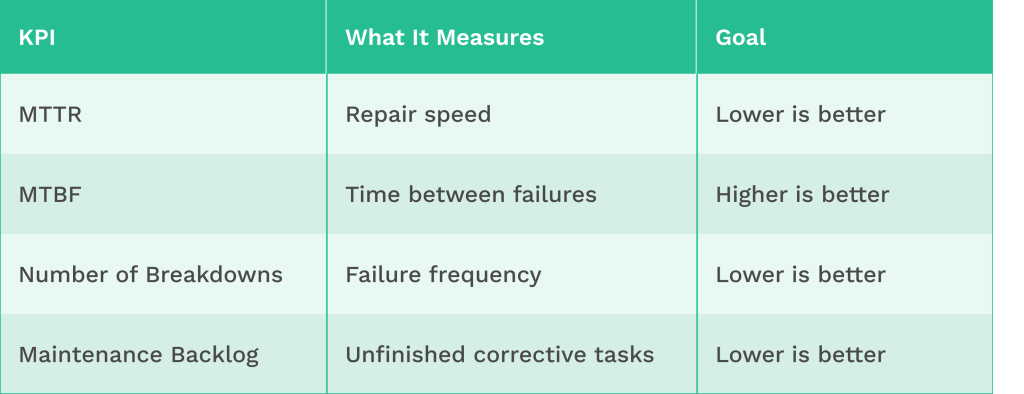
Examining these KPIs enables maintenance teams to refine their approach, identify areas for improvement, and ensure smooth operations.
The difference between corrective and preventive maintenance
As outlined earlier in the article, corrective maintenance and preventive maintenance are both methods for keeping machines and equipment operational, but they employ different approaches.
Corrective maintenance is performed after a component breaks or fails. The primary goal is to resolve issues as they arise, allowing the equipment to function properly again. This type of maintenance is often referred to as “reactive” because action is taken only after a problem is identified.
Preventive maintenance strategies include scheduled maintenance that is completed even if the equipment is not broken. The goal is to check, clean, or replace parts before they fail. This helps decrease the chance of unexpected breakdowns and keeps equipment running smoothly. It is a “proactive” approach.
Here is a simple comparison:
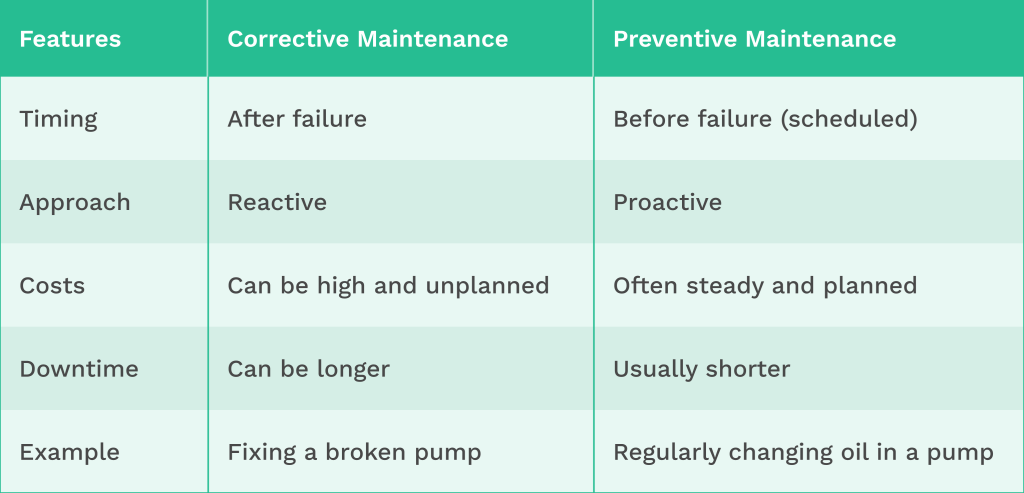
Corrective maintenance is often used for equipment that is not vital to daily operations or when repairs are simple. Preventive maintenance is better for equipment that is important and costly to repair.
How to perform corrective maintenance
Examples of corrective maintenance include when someone discovers an equipment problem or failure. .
Steps to perform corrective maintenance:
- Identify the issue: Look for signs of malfunction or failure, such as alarms, unusual noises, or a decline in performance.
- Assess the problem: Inspect the equipment and review any error messages that may be displayed. Sometimes, running simple tests can help find the cause.
- Determine the cause: Identify what is broken or not working properly. This step often means checking parts, connections, or software.
- Plan the repair: Gather the right tools and replacement parts. Determine if it requires a simple fix or if parts need to be replaced.
- Fix the issue: Make repairs carefully. Follow the safety guidelines and any instructions provided in the equipment manual.
- Test the equipment: Turn it on and verify that it functions as expected.
- Document the repair: Write down what was wrong, how it was fixed, and any parts used. This helps track problems and spot trends.
A simple table can help organize the repair process:
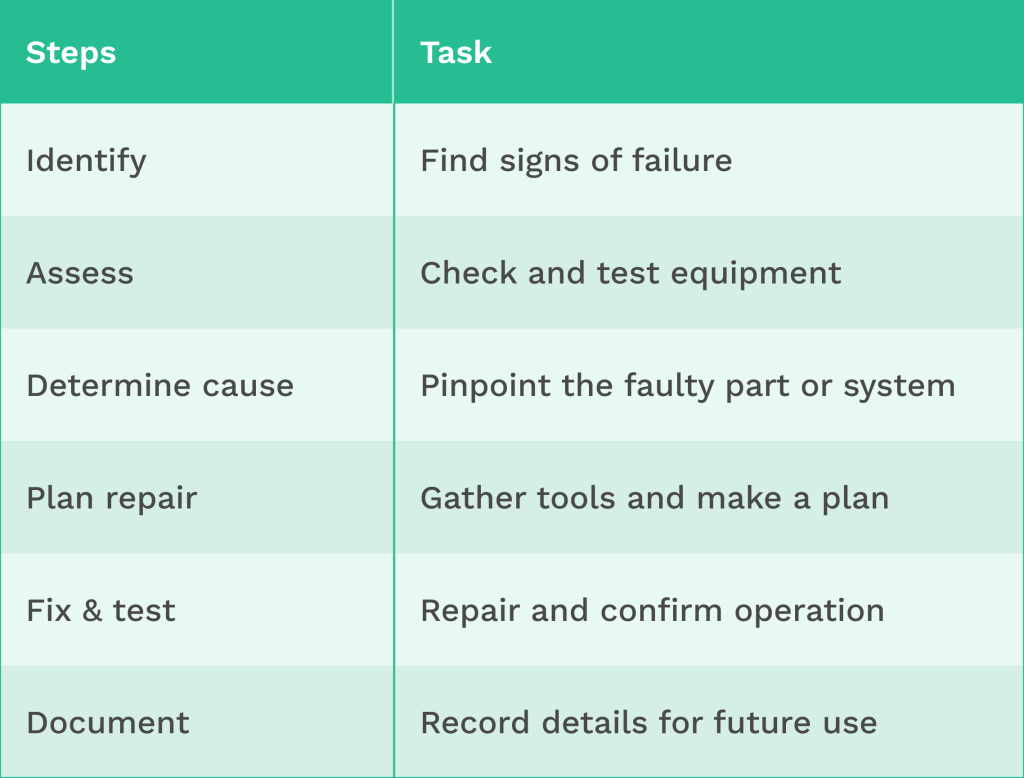
Conclusion
Corrective maintenance helps restore equipment and systems after they have broken down or failed. By addressing problems as they arise, teams can avoid prolonged periods of downtime.
This type of maintenance is a straightforward way to fix issues. Workers only need to act when something isn’t working right.
Some advantages include:
- Lower upfront costs since work is only done when needed
- Simple scheduling because repairs are made as problems come up
- Focus on urgent repairs which means issues do not get ignored
However, there are limits. Delays can occur if parts or personnel are unavailable. Repeated breakdowns may also hurt productivity in the long run.



